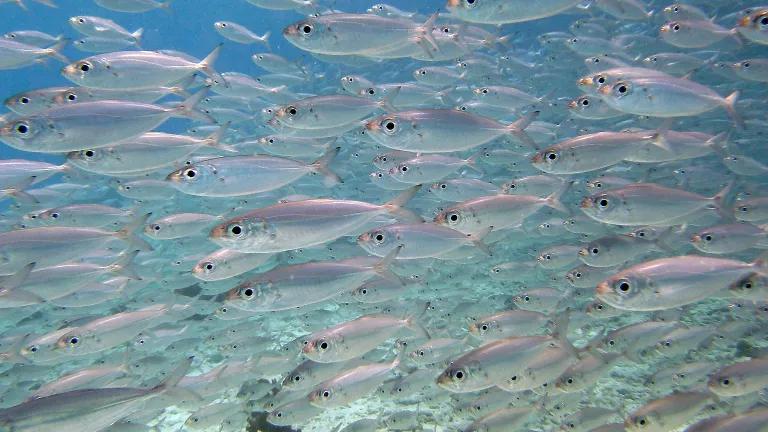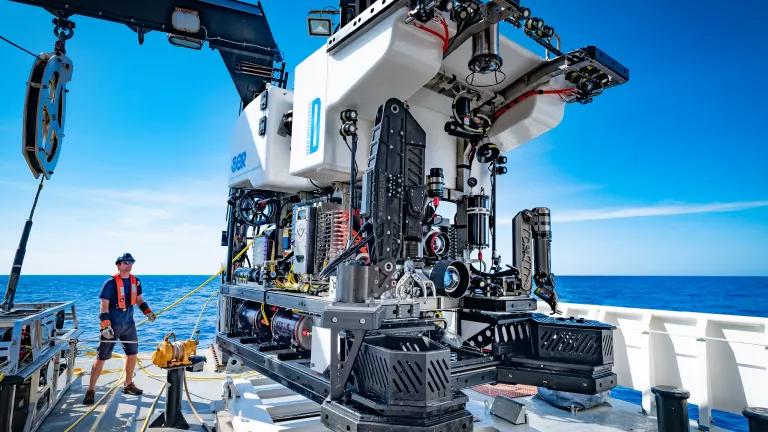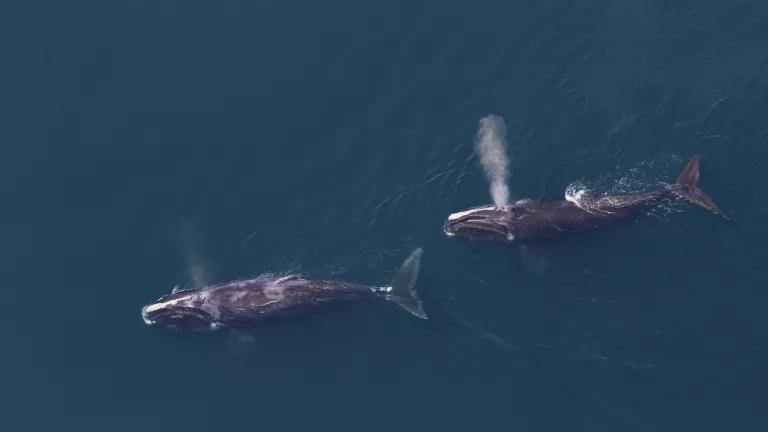China's New Direction in Domestic Fisheries Management

There’s good news from China about management policies that aim to strengthen domestic fisheries management in China’s ocean waters. These new policies, which aim to control the total domestic marine catch, are a promising step forward, and an exciting opportunity for China to create resilient fisheries. Restoration of domestic fisheries would help take some of the pressure off distant water fisheries.
China has been the world’s largest producer of wild fish for over two decades. Yet some more troubling numbers have lurked behind this seemingly stable statistic. For example:
- Over 50 percent of China’s fish stocks have been reported as over-exploited or collapsed.
- Traditional high value species are getting smaller and younger.
- Approximately 80 percent of the catches in China’s coastal waters are reported to be of low value, small pelagic fish such as anchovy, mackerel, and scads.
These figures, along with issues of ocean pollution and the degradation of ecosystems, have raised concern over the resilience and sustainability of China’s ocean fisheries.
In previous decades, China worked to stem depletion by adopting a series of fishery reform measures, including input control measures such as fishing vessel and horsepower control rules, the moratorium on summer fishing, and technical restrictions. It also announced output controls such as “zero-growth” and “minus growth” policies in 1999 and 2000 in order to limit catches. In 2006, China issued the Programme of Action on Conservation of Living Aquatic Resources of China, which for the first time sets a goal of cutting catches to 10 million by 2020. However, these policies did not provide specific measures to attain their goals.
In January 2017, China’s Ministry of Agriculture announced bold new reforms. In addition to reiterating the goal of cutting total domestic marine fishing output to less than 10 million tons by 2020 (down from 13 million tons in 2015) and thereafter matching production to the carrying capacity of marine fishery resources, the new policy sets out three priority measures that will contribute to that goal:
- Strengthen fishery resource surveys, monitoring and assessment to understand species composition, distribution and migration patterns, and the biological characteristics and abundance of commercially important species;
- Strengthen catch monitoring and data collection; and
- Conduct Total Allowable Catch (TAC) management pilots for individual species in the coastal provinces, with expansion over time.
The first two national TAC pilots were launched in March, setting the course for establishing China’s TAC management scheme. The pilots present an important opportunity for restructuring the fisheries management system of China. The goal is to carefully implement this program to minimize negative effects on established fishing communities.
We cheer China’s new direction in fisheries management, and are excited to see the country develop more resilient fisheries in the years to come.




